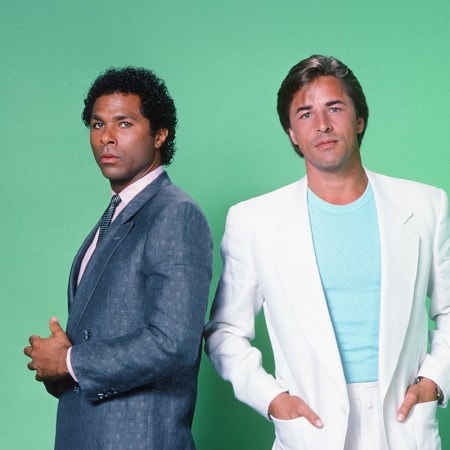An archipelago of 700 scattered islands in the Atlantic, the Bahamas might entice with the tropical promise of white sand beaches, warm turquoise waters, lively street festivals and, yes, those swimming pigs, but adventurous travelers know the real Bahamian experience — one sans cruise ships, casinos and high-rise hotels — is to be found on the Out Islands, also known as the Family Islands. Beyond the busy ports and commercial centers of New Providence and Grand Bahama, these quiet and secluded cays not only offer a much slower pace of life but a more authentic and deeper cultural understanding of the country, its people and their roots.
Similar yet different, the lived experience across the 30 inhabited Family Islands are the focus of Inter-Island Traveling Exhibition (ITE) “Thirty: Island Life Perspectives,” which just opened at the Exuma Arts Network Gallery. Featuring work from the National Collection, the ITE program is a way to bring the museum’s programming to Family Island residents and increase access to the National Collection, says Zearier Munroe-Wilkinson, community outreach officer for the National Art Gallery of The Bahamas. “We pack the artwork in wooden crates, and send it with the mail boat, which is always an experience, especially for our Exhibitions and Collections Care Associate, Richardo,” she says. For context, moving art from island to island using this unique and traditional life-support system of the Bahamas — 18 mail boats operate out of Nassau and serve communities too remote or small to receive airfreight — requires considerable planning.
Andy Warhol's Portrait of Muhammad Ali Sold for $18 Million
The sale took place at Art Basel Miami BeachMunroe-Wilkinson curated the exhibition alongside gallery assistant Amaani Hepburn and selected work by artists from five of the islands. “The exhibition is about the national experience and everyday Bahamian life, and the studio portraits that we take to celebrate big moments like a christening or confirmation are an instantly recognizable tradition, which is why I love the print by Sanford Sawyer,” she notes. Another of her highlights is “Bishops, Bishops Everywhere and Not a Drop to Drink” by graphic artist Dionne Benjamin-Smith. “Faith is something deeply entrenched in our community here and across the Caribbean, but Dionne looks at it with a more critical eye and how it affects our lives, whether perceived as positive, negative, or somewhere in between. I like that aspect of her work,” she says.
There is no standard Bahamian experience
Munroe-Wilkinson — who grew up in Nassau and spent summers going back and forth between Cat Island (where her dad is from) and Andros (her mom’s island) — says the differences between each are subtle. “Food is big on every island, but it’s more the type of food. It’s common to learn to farm in Cat Island, and flour cake and fry bread are native there, too. But Andros’ cuisine is centered around crabs and crabbing — so their dishes are Bahamian-style crab and rice, crab and dough and crab soup,” she says. “I’ve never gone crabbing in Cat Island and never made flour cake in Andros.” On a mission to eventually visit every Family Island during the annual homecoming festival (a national tradition in which those born in the islands or with island roots return for a reunion with family and friends who still live there), Munroe-Wilkinson says that she always heads back to Andros for Crab Fest in June or Cat Island for the regatta in August.
“[Thirty] will provide a very different perspective of The Bahamas than most people are used to seeing who just come here for a week and don’t stray off the beaten tourist path,” she says. “What I wanted to convey with ‘Thirty’ were these shared local perspectives, and that no matter which island you come from, you’ll find something relatable. It’s a show I’m very proud of.”
Thirty: Island Life Perspectives runs through May 14 at the Exuma Arts Network Gallery in George Town, Exuma.
This article appeared in an InsideHook newsletter. Sign up for free to get more on travel, wellness, style, drinking, and culture.

























